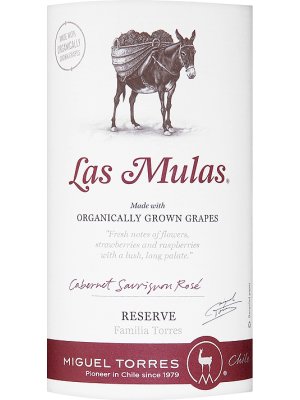Wine 6
For me only one style comes immediately to mind as a definite and that is Provence Rosé. In recent years it has become an almost trademarked style all of its own. Usually salmon pink and delicate of flavour it makes a perfect aperitif or afternoon drink on the patio.
 Rosé wine has been made in the Provence region for 2,600 years and has been influenced by the ancient Greeks, Romans, Gauls, Catalans and Savoyards.
Rosé wine has been made in the Provence region for 2,600 years and has been influenced by the ancient Greeks, Romans, Gauls, Catalans and Savoyards.It also uses a motley crew of diverse grape varieties in order of importance (arguably) Carignan, Cinsault, Mourvédre and Grenache. All of which, except perhaps Grenache, are not particularly well known, to the British public at least.
In total Provence has eight wine appellations with AOC designation. The largest is Côtes de Provence. According to the Vins de Provence website Provence is responsible for 6% of total domestic AOC wine production but a whopping 35% of rosé production. This corresponds to 162 million bottles some of which is exported. It is not only Britain and the United States that has had a surge in rosé drinking but even the French themselves as the chart below clearly illustrates. The percentage of rosé wine sold in supermarkets has risen from 10.8% to 29.7% since 1990. I was unable to find similar figures for the UK but the change may be even more extreme.
 |
 |
| Bargain Provence Rosé from Aldi |
So we will start with a Provence rosé. But where to buy it? Almost anywhere it seems. It can also be a bit of a bargain with this fine example from Aldi at £5.99. Even if you don't believe me Decanter World Wine Awards awarded it a Bronze so definitely not so shabby.
Majestic do a fine line in Provence rosé too, some 13 different offerings ranging from £6.66 (after discount) to £50 for a Double Magnum of the magnificent Aix Rosé. If you do get one and need myself and my wife Louise to join your party to help drink it we would be more than happy to! Just so you know.
 |
| Not quite a kick like a mule but powerful stuff! |
Wine 7
Having started with an old world classic perhaps we should look further afield for our second choice. The star grape of Chile is undoubtedly Cabernet Sauvignon, with over 40,000 hectares under vine, about one third of the total area. Most of this is made as red wine ranging in style from light, fruity everydayers to blockbusters made to knock your socks off. But they do make some rosé too. If you like delicate they may not be for you and the colour will certainly be starkly contrasting with our Provence rosé. One worth trying, and currently on offer at Waitrose is Las Mulas Organic Cabernet Rosé. It is full of dark berry flavours and has a good bit of poke too. Great on its own or with food.
Wine 8
And now to our final wine. If you are a regular reader of my blogs you will have read about this one before but I enjoyed it so much I feel I would like to include it here. Rosé wine can be made in three different ways remembering the golden rule that the colour in wine comes only from its skins meaning that rosé and red wine can only be made by the use, at some point, of red or black grapes. The first method of production is simply by leaving the skins in contact with the juice for a period of time, anything from hours to a few days and then discarding the skins. The second method, and you would of thought easiest, is simply blending white and red wines together. This does not actually produce great results and is not widely used in quality wine regions. The final method is the saignee or bleeding off method where a percentage of the wine is literally 'bled' off to be vinified separately as rosé. In some quarters this is seen as controversial but Andrew Margan of Margan wines actually calls his rosé by the method to make clear how it is produced. I wrote a whole blog on this wine recently and you can read that if you wish but I think it makes a great third wine in our trio of rosés. It is the darkest of the three and almost
 |
| Margan Saignée Rosé |
This blog has only scratched the surface of what is available as rosé wine continues to become more and more popular. Please do let me know your particular favourites. That is all for now. I will return with a series of blogs about my visit to the Bordeaux region this July.
In the meantime, enjoy your wine and don't forget to follow me on Twitter and Facebook or better still book me for a tasting event. More detail at my website www.gloryofwine.com
Cheers!
Simon
No comments:
Post a Comment